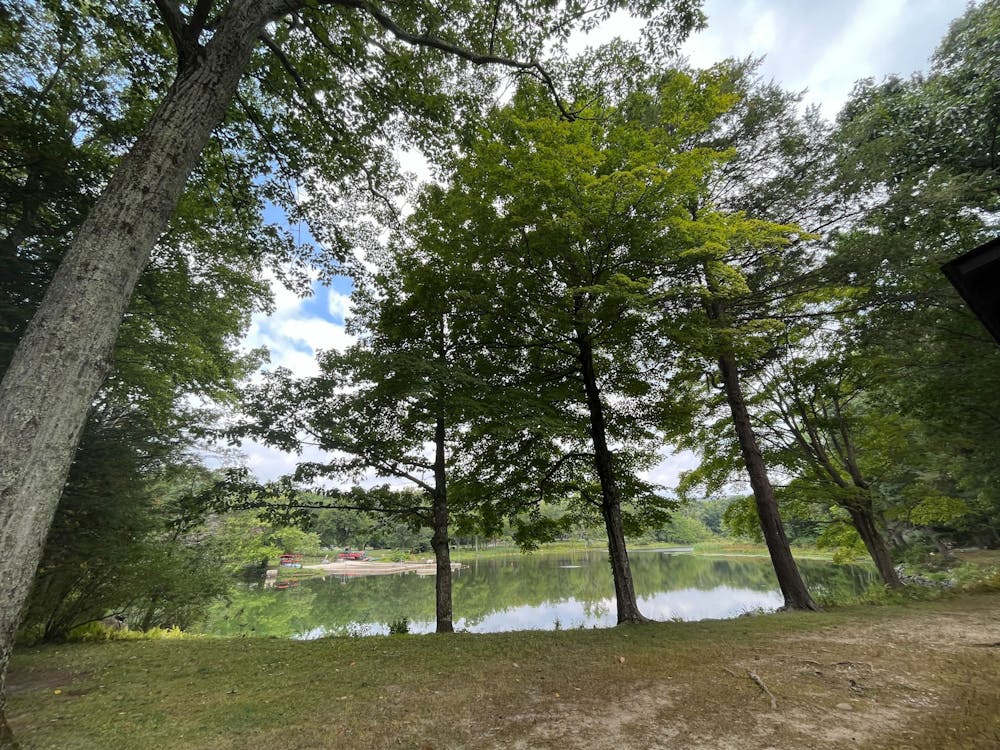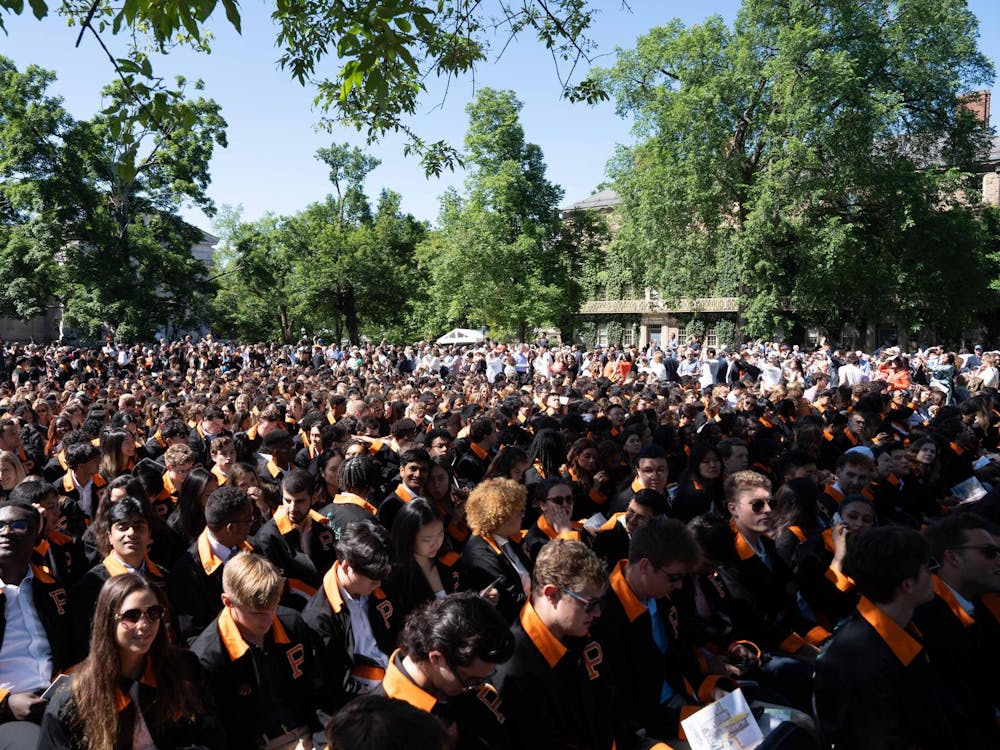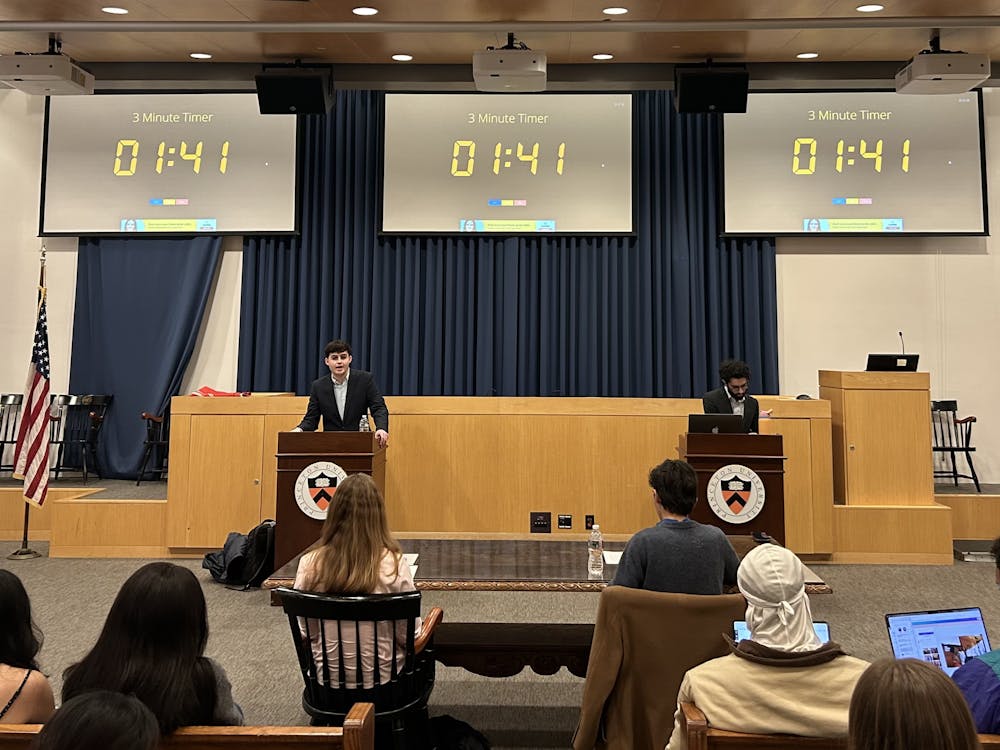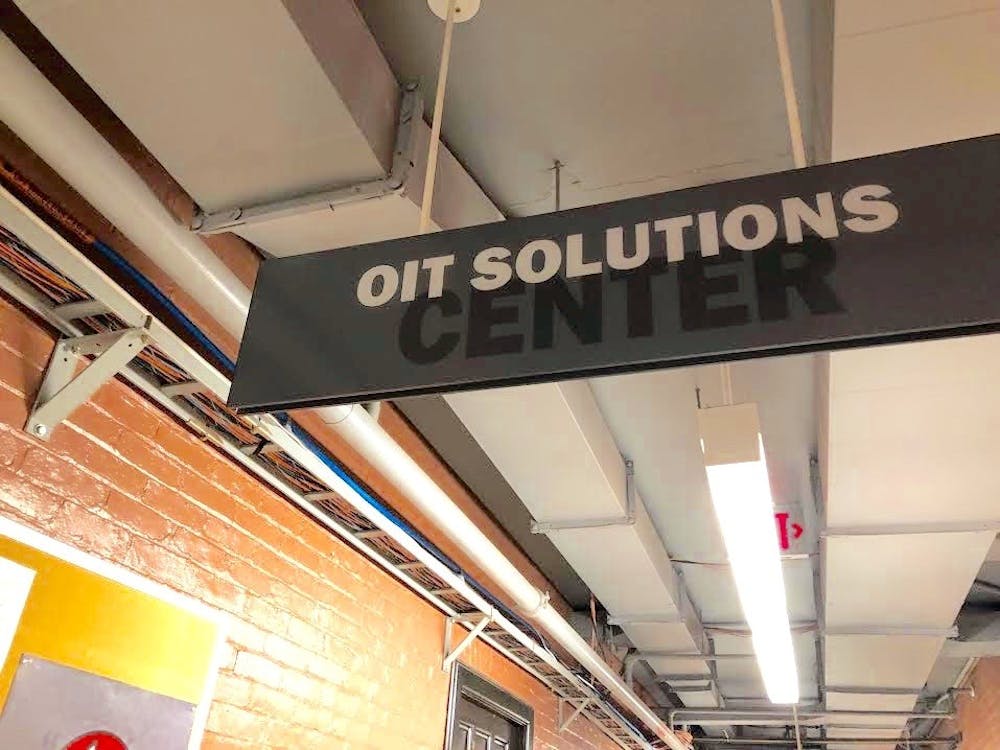Community Action (CA) has sparked a heated debate in the Princeton community since this school year began. Last month, an article published in The Daily Princetonian, “Some first-years, orientation leaders critique Community Action orientation program,” featured students who felt unfulfilled by their CA experiences at Princeton-Blairstown Center (PBC) and Trenton Central High School. In response, Vincent Jiang wrote a column about his time as a CA orientation leader of the Essential Needs of Refugees group at the Archdiocese Youth Retreat Center, defending the program.
I’m a first-year student who traveled to PBC as a part of an Education group with the sub-theme “Leading through Mentorship.” My time spent in CA did not make me enthusiastic about the civic engagement opportunities at Princeton but instead left me feeling confused and discouraged. While some groups, like Jiang’s, felt satisfied with their service-related endeavors, there is an overwhelming majority that feels just as unsatisfied as I do. Our expectations are not unreasonable: Princeton must standardize its current CA program to provide students with the opportunity to engage in meaningful community service.
At PBC, we spent three out of the four days on our trip engaging in activities completely unrelated to any sort of community service, echoing the reports by both students and leaders that “there was little opportunity to do service.” Instead, we canoed, climbed high ropes, and played team-building games. On Tuesday, our last full day at PBC, we spent two-and-a-half hours on a “service project” for the Center. This involved folding boxes out of cardboard and then cutting, coloring, and gluing pre-printed images onto them to create oversized dice that kids could use. This sounded promising but was actually lackluster.
In my group, there were more people than there were different types of die to make. As a result, another student and I were asked to sort a bag of colorful beads into plastic cups. This was the sole service project we did during our four days at PBC as a part of Community Action.
My experience, unfortunately, was not unique. Students in the Education group that traveled to Trenton Central High School to meet with the high school’s band shared their concerns as “only around eight out of the 40 CA members could play an instrument and brought one with them.” There was no service opportunity for the other 32 members to engage in, so they sat and watched the others.
Jiang, in contrast, spoke about his group’s experience making new vegetable gardens at the Vineyard Baptist Church in Newark which “made a measurable impact” on the church staff. Why is it that his group was able to partake in substantial service, while many other CA groups didn’t have that same opportunity?
Jiang’s time spent in CA indicates that the CA experience is not consistent. While he was able to provide community assistance and leave a lasting impact, many first-years professed that they were not able to interact with community service in any capacity, as illustrated in the first article and my own experience.
The ‘Prince’ reported that for many CA participants “the trip proved a far cry from what many in the group expected.” That rang true for my CA experience, and though I wasn’t exactly sure how we were going to spend our four days, I definitely didn’t expect it to include an array of outdoor activities rather than actual community service. I wasn’t alone in my confusion about the time spent at PBC. I joked alongside peers that our CA trip was basically a less intensive version of Outdoor Action with cabins, showers, and cooks. Others sarcastically quipped that CA was a University ploy to make you desperately long to return to your new home at Princeton.

After the small-group programs ended, my peers and I, relieved to be “home,” laughed together about the puzzling experiences of our four-day trip. A classmate jokingly admitted that their time in CA made them wonder if Princeton was really the right school for them. While I wish that my trip had been “significant” or “moving” in the way Jiang says his program was, I cannot say the same.
Jiang wrote that when first-years arrived on campus, they naively wanted to change the world. That’s untrue. I simply wanted to engage in a service project that would help a community even for a short time. As Paul-Louis Biondi ’24, a CA leader at PBC, told the ‘Prince,’ the experience “was like a step-in, step-out model of service without ever actually learning or trying to put that community first over your own desires.” The Pace Center for Civic Engagement writes that “CA welcomes students to one of the greatest traditions at Princeton … service.” But in my experience, CA failed to “welcome” me to Princeton’s tradition of service.
Small-group orientation programs are a crucial time for first-year students. They are the first opportunity for first-years to participate as members of the Princeton community. While the program gave me the opportunity to make a variety of friendships across disciplines that I likely wouldn’t have made otherwise, the Pace Center must improve the CA program to better introduce students to civic engagement and community service, which are supposedly the program’s — and the University’s — core values.
Charlotte Pfenning is a first-year contributing columnist from Fairfield, Conn. She can be reached at cp3317@princeton.edu.









